by Bruce Doorly

The job description for a nurse is fascinating. For the range of tasks that a nurse does is like no other occupation. Their responsibilities span from doing dirty jobs dealing with biological functions to life saving procedures.
Think about that.
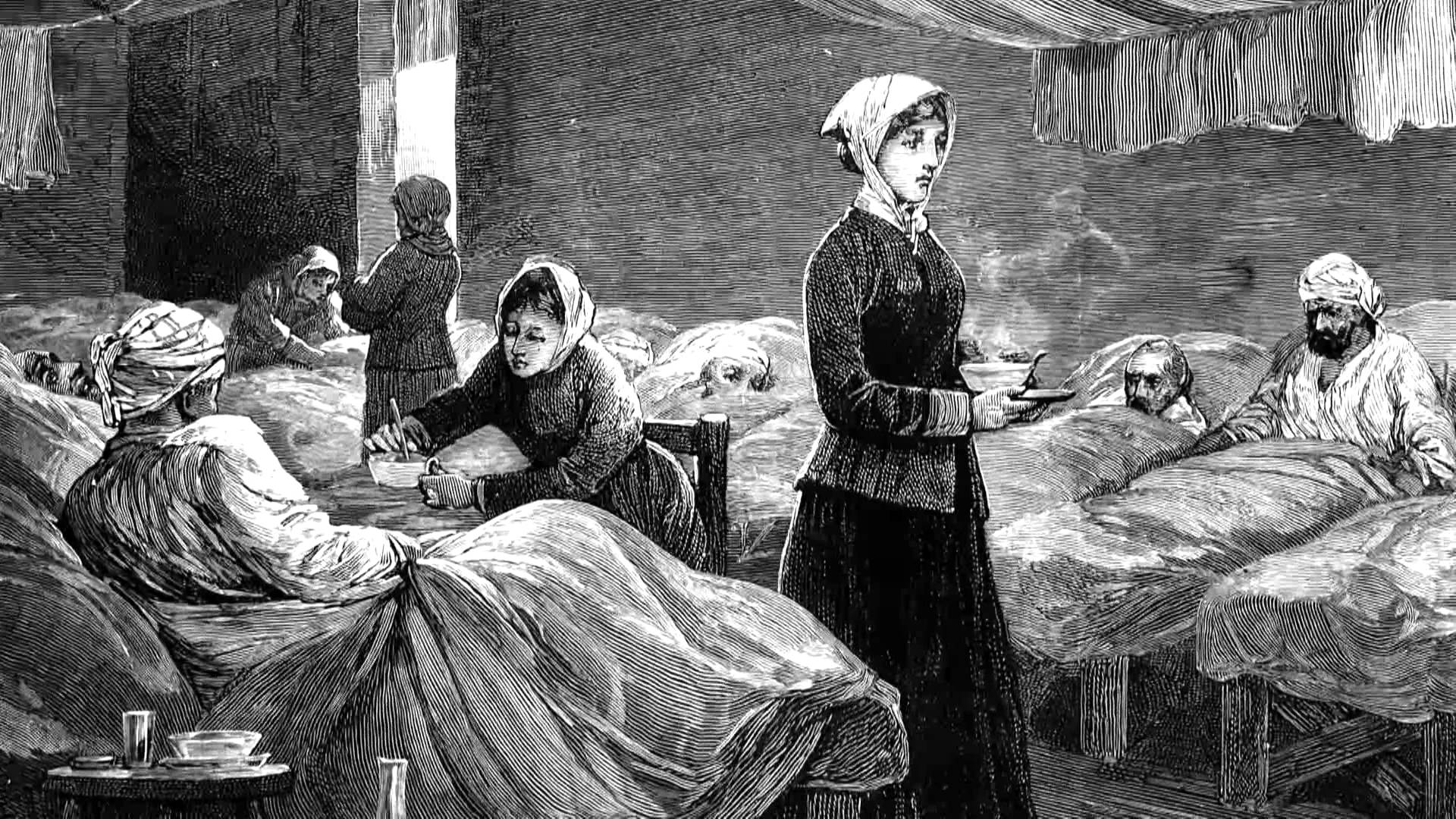
Ironically, during the formative years of this country (1776-1860) nursing was considered a job that was beneath the dignity of a middle-class woman. The hospitals of the era, if you could even call them that, were for the contagious, the crazy, and the homeless. Those that worked there had no other options in life and were provided little training. Some workers at these hospitals only took the job to avoid a prison sentence.
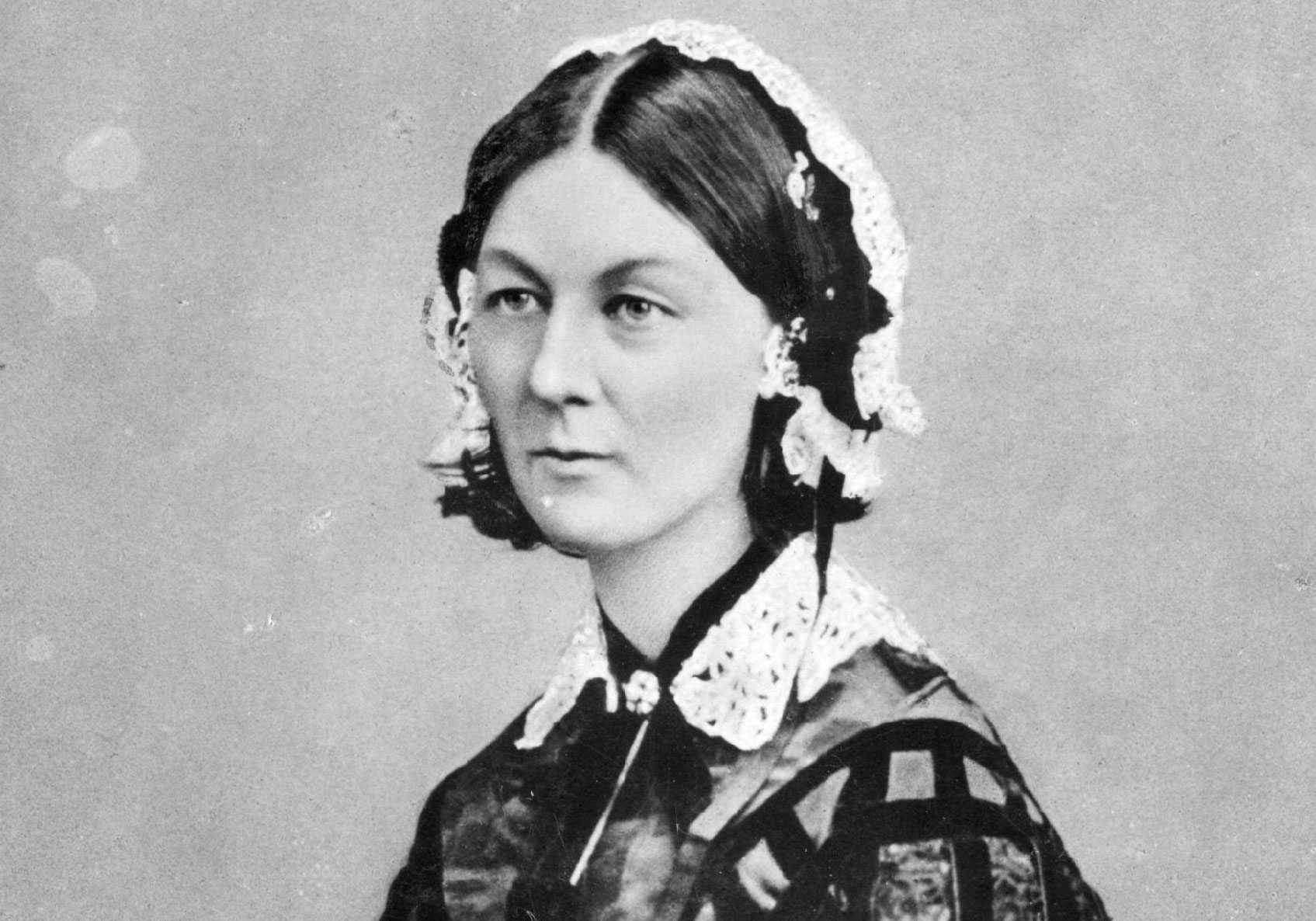
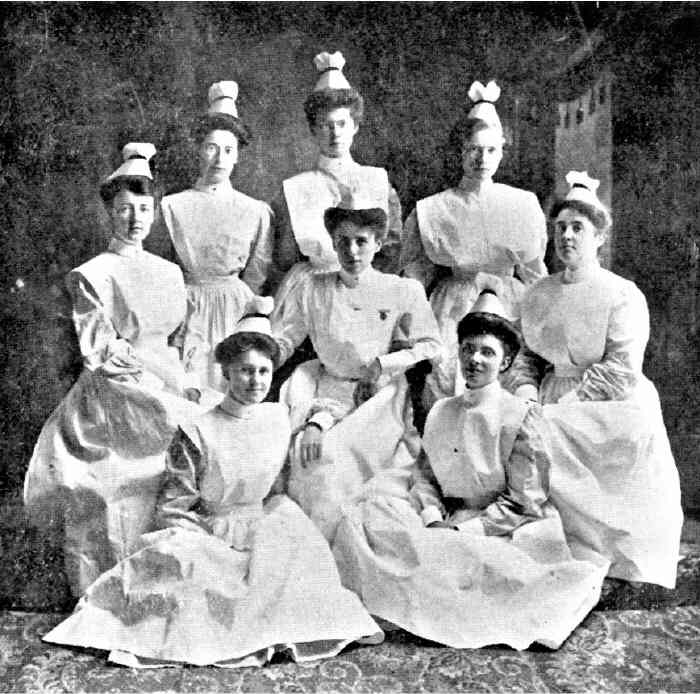
While today this sounds like basic hygiene, these practices were unknown back then. The changes Florence Nightingale made resulted in substantial improvement in the death rate among the wounded.

Florence Nightingale would soon establish the first school for nurses and write a best-selling book about nursing care.
Her concepts, book, and education system soon made their way to the United States. By 1880 there were three nursing schools established here. Within two decades, there would be dozens of schools. As result of these new schools and newly available books, nursing became a respected and honorable occupation.

Hospitals quickly realized that this free labor could keep their costs down. Thus, the women training to be nurses were exploited, they worked long hours for no pay. But they did usually get room and board. The length of time required for them to obtain their diploma in nursing was two or three years.
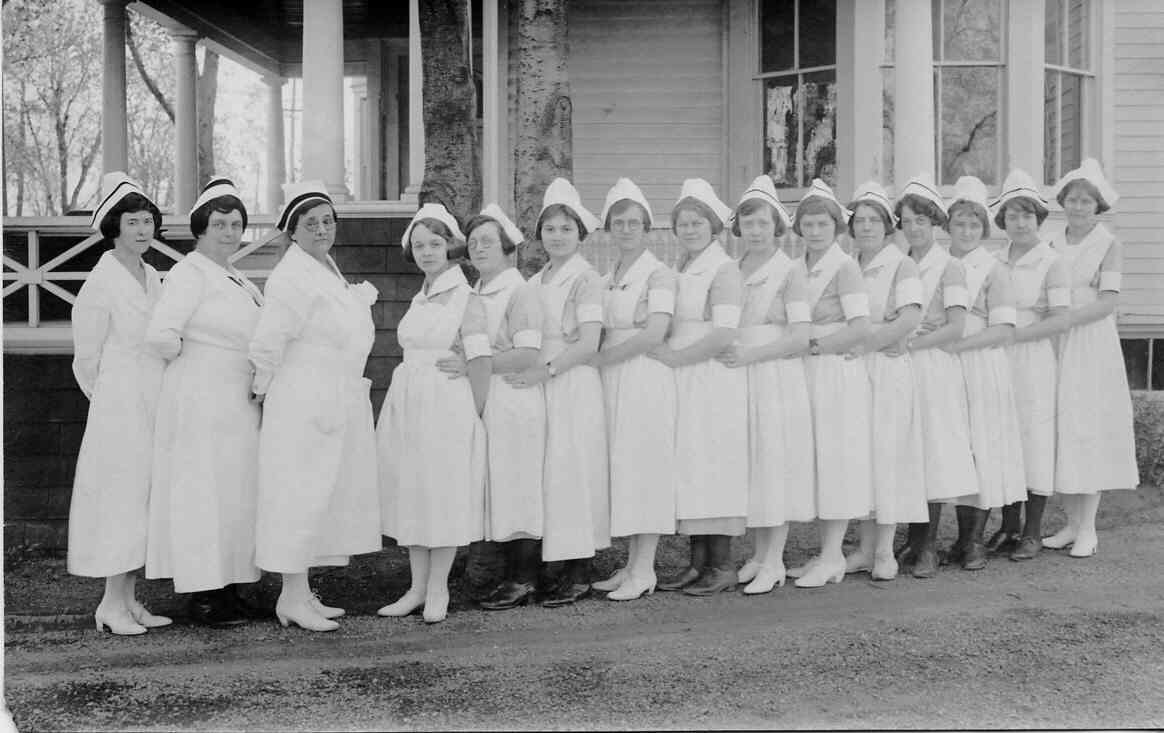
Our local hospital in Somerville, now called the Robert Wood Johnson University Hospital Somerset, which first opened in an expanded colonial on East Main Street in 1901, was for decades run by the nurses. A photo from around 1920 shows the nursing staff outside the hospital. There are three regular (older) nurses and twelve student nurses. Thus 75% of the staff was unpaid. No wonder the cost ththen to stay in the hospital was just three dollars per day.
Somerset Hospital around 1920.

During war time nurses have served with honor and distinction. According to Wikipedia, during World War II (1941-45) 30% of the nurses in the U.S. volunteered to serve in the military. A rate higher than any other occupation.
They also served in the Korean War and Vietnam War.

In the 1960s the nursing schools started to moved out of the hospitals into the colleges. Nurse training was now a regular college degree as opposed to a standalone certification. Throughout the decades nurses would organize into various groups and associations. The education requirements for a nurse were ever changing and always being debated. As medical technology evolved, so did the duties of the nurse.
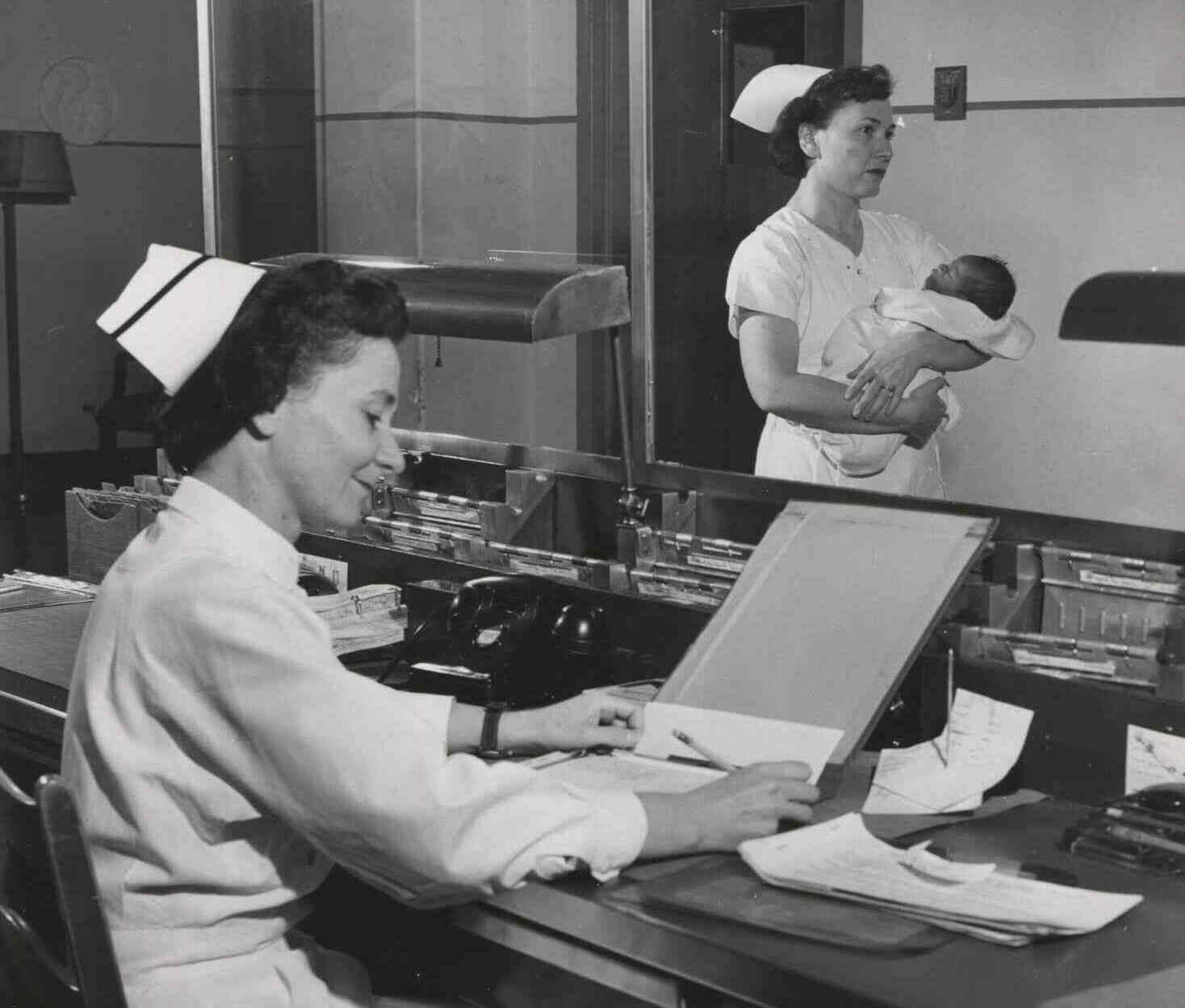
They came into fashion around 1900. A nurse was easily recognized by her attire.
Along with a white dress/outfit, a standard part of the uniform was the cap.

One nurse, Mary Ann Doorly (mother of author), recalled that as a nursing student at a hospital in 1957 while on a work break she ventured over to another unit to visit her sick mom who was then a patient in that hospital.
While seated at her bedside Mary Ann removed her cap. In no time, the nurse supervisor, who always seemed to be lurking about, popped in, and instead of asking about the condition of her mom, exclaimed get your cap on.

One thing that has been consistent in the history of nursing is that they were always underpaid. In addition to salary struggles, nurses have faced a challenge for occupational status, but great strides have been made in recent decades.

It is said that the decision to become a nurse is as much a calling as it is a career choice.
We should salute our nurses from yesterday, today, and always - for they provide us a vital service in our times of need all throughout our lives.